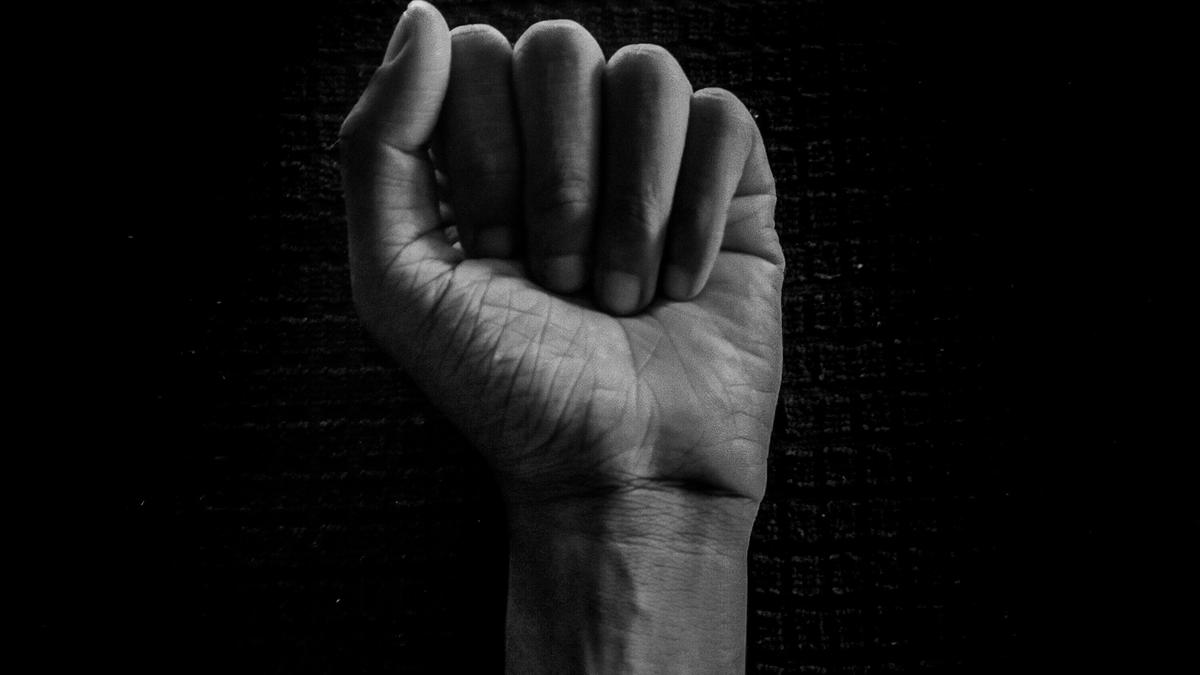August 13 is International Left-handers’ Day.
Handedness is a tendency to prefer the use of one hand over the year, and we are accordingly labelled right-handed or left-handed. Today is International Left-handers’ Day, observed to appreciate left-handedness in a world numerically dominated by righties.
Humans are predominantly right-handed but our planet itself is a lefty, rotating from west to east. So is the solar system. According to a 2011 study, there are more spiral galaxies rotating counter-clockwise, a.k.a. left-handed spiral galaxies, than their right-handed counterparts.
There is left-handedness within ourselves as well. Amino acids, the basic building blocks of life, are left-handed. The heart in the human body is on the left side.
While our handedness in us is for others to explain, my interest as a physicist lies elsewhere. In a general sense, left and right are relative orientations in space and are flipped by a mirror. Other than that, one side isn’t implicitly more or less special.
But this isn’t the whole truth since nature doesn’t have equal preferences for both configurations. For example, the subatomic particles known as neutrinos are left-handed. This means a neutrino’s quantum spin is aligned parallel to but in the opposite direction of its momentum. Neutrinos are the second most abundant particle in the universe (after photons) and they could just as well have been right-handed – yet they aren’t.
For another, there are three fundamental forces in nature other than gravitation. Of these, the strong force operates between protons and neutrons and the electromagnetic force, between charged particles. They are both left-right symmetric: they obey the law of parity conservation. But there is a fourth force, known as the weak nuclear force (responsible for radioactive decay), and it breaks left-right symmetry.
The Chinese-American physicist Chien-Shiung Wu confirmed in an experiment in 1956 that the weak force does not conserve parity. After she published her findings, her colleagues Chen-Ning Yang and Tsung-Dao Lee received the Nobel Prize for physics in 1957 for working out the theory of the violation. Their attempts to have her nominated for her own Nobel Prize were in vain.
That the weak nuclear force defies parity symmetry was an important moment in the history of physics. Among other consequences, the violation gave physicists a way to develop a theory to explain why there is more matter than antimatter in the universe today though both should have been created in equal amounts after the Big Bang.
Taken together, physicists are very curious about why nature as we know it has any preference for one handedness over the other. Where does this preference come from? There are no ready answers but researchers are pursuing them at both the molecular and the astronomical scales.
- vitorio
-

 1
1



Recommended Comments
There are no comments to display.
Join the conversation
You can post now and register later. If you have an account, sign in now to post with your account.
Note: Your post will require moderator approval before it will be visible.